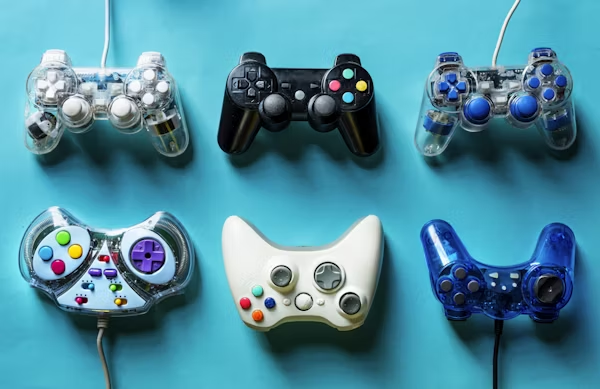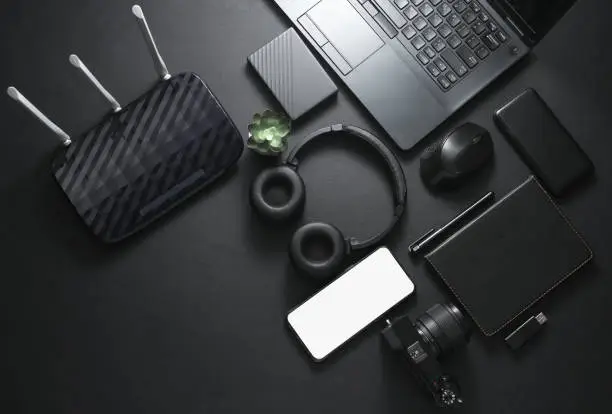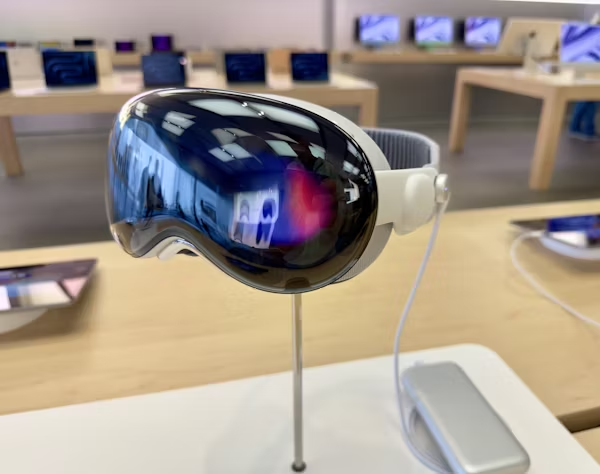Introduction
In the world of gaming, performance can make or break your experience. From ultra-smooth frame rates to crisp graphics and lightning-fast load times, a powerful console takes your gameplay to the next level. But with several strong contenders on the market, which gaming console truly ranks highest in performance? Let’s break it down.
1. What Defines Console Performance?
Before ranking consoles, it’s important to understand what performance means in this context. The main factors include:
-
CPU (Processor): Determines how fast the console processes game logic and background tasks.
-
GPU (Graphics Processing Unit): Drives the visual quality, frame rates, and resolution.
-
RAM (Memory): Impacts multitasking and game loading speeds.
-
Storage Speed: Fast SSDs reduce loading times significantly.
But don’t forget, software optimization and game design also play huge roles in how performance translates into real-world gameplay.
2. Sony PlayStation 5
Sony’s flagship console, the PlayStation 5, boasts an AMD Ryzen 8-core CPU, a custom RDNA 2 GPU, and 16GB of GDDR6 RAM.
-
It delivers up to 10.28 teraflops of GPU power, enabling smooth 4K gaming at 60fps and even up to 120fps in some titles.
-
The ultra-fast SSD practically eliminates loading times.
-
The PS5 shines with exclusives like Demon’s Souls, Ratchet & Clank: Rift Apart, and Spider-Man: Miles Morales.
-
Its innovative DualSense controller adds immersive haptic feedback and adaptive triggers.
3. Microsoft Xbox Series X
The Xbox Series X is a beast, featuring a slightly more powerful GPU at 12 teraflops, alongside an 8-core AMD Zen 2 CPU and 16GB RAM.
-
This console delivers incredible 4K gaming performance with ray tracing support.
-
It boasts extensive backward compatibility, letting you play thousands of Xbox One, Xbox 360, and original Xbox games.
-
Xbox Game Pass subscription service offers a huge library of games, adding tremendous value.
4. Xbox Series S
A more affordable sibling, the Xbox Series S has a less powerful GPU with 4 teraflops, 10GB RAM, and a smaller 512GB SSD.
-
It targets 1440p resolution rather than native 4K but still supports many next-gen features.
-
Great for casual gamers or those on a budget wanting access to the Xbox ecosystem.
-
Offers a solid performance-to-price ratio but compromises on raw power and storage.
5. Nintendo Switch OLED
The Nintendo Switch OLED is unique for its hybrid design—it functions as both a home console and handheld device.
-
Powered by a custom NVIDIA Tegra X1 chip, it’s not built for raw power like Sony or Microsoft but offers excellent portability.
-
Docked mode can output up to 1080p, while handheld mode runs games at 720p.
-
The Switch’s strength lies in its exclusive games like The Legend of Zelda: Breath of the Wild and Animal Crossing: New Horizons.
6. PlayStation 5 Digital Edition
The PS5 Digital Edition offers almost the same specs as the standard PS5 but without a physical disc drive.
-
Performance-wise, it’s identical to the disc version, delivering the same gaming experience.
-
Great for those who prefer digital downloads and want to save on cost.
-
Limited to digital game libraries, so consider your preferences before buying.
7. PC Gaming vs Consoles
PCs often outperform consoles in raw power and customization options but come at higher costs and complexity.
-
Consoles offer plug-and-play simplicity with optimized games.
-
High-end gaming PCs can exceed 4K resolution at ultra settings, but consoles provide a consistent experience at a lower price point.
8. Future Consoles on the Horizon
Rumors suggest upcoming console updates focusing on improved GPUs, better SSDs, and more VR/AR integration.
-
The next generation may blur the lines even more between consoles and PCs.
-
Expect continued competition in performance and exclusive content.
-
9. How to Choose the Right Console for You
-
Performance vs price: Budget-friendly options like Xbox Series S vs powerhouse PS5 and Xbox Series X.
-
Game library: Consider which exclusives matter most to you.
-
Ecosystem: Services like Xbox Game Pass or PlayStation Plus can add value.
-
Portability: Nintendo Switch’s unique appeal.
Conclusion
When it comes to pure performance, the Xbox Series X and PlayStation 5 lead the pack with powerful hardware and fast load times. The Series S offers a budget-friendly entry, and the Nintendo Switch OLED shines with portability and exclusive titles.
Choosing the best console depends on your gaming preferences, budget, and ecosystem loyalty. But if sheer performance is your goal, Sony and Microsoft’s latest consoles have you covered.
FAQs
Which console has the best graphics?
Xbox Series X currently has a slight edge in raw GPU power, but PS5 offers comparable visual quality with exclusive games.
Can Xbox Series S handle next-gen games?
Yes, but at lower resolution and some performance compromises compared to Series X.
Is the Nintendo Switch good for performance gaming?
It’s great for unique Nintendo titles but not built for high-end graphics or frame rates.
How important is storage speed?
Very—it drastically reduces load times and improves game responsiveness.
Will future consoles obsolete current ones soon?
Tech evolves quickly, but current-gen consoles will remain relevant for years due to strong software support.



